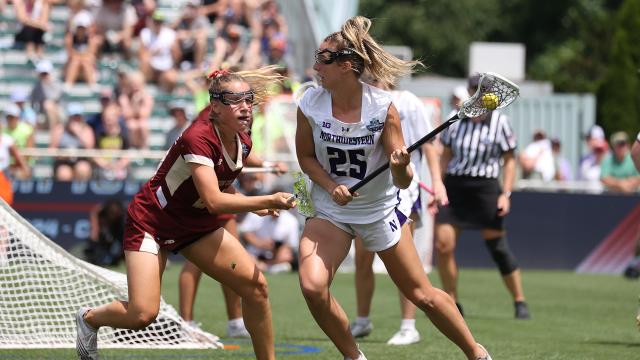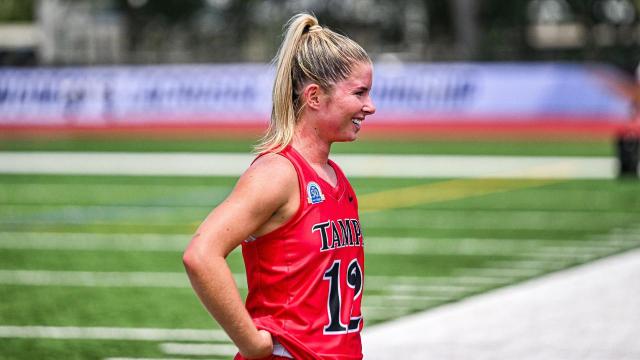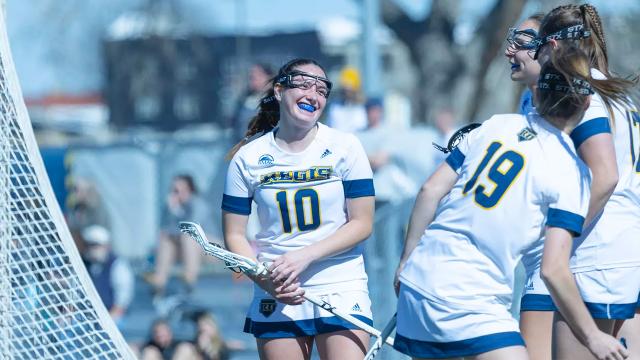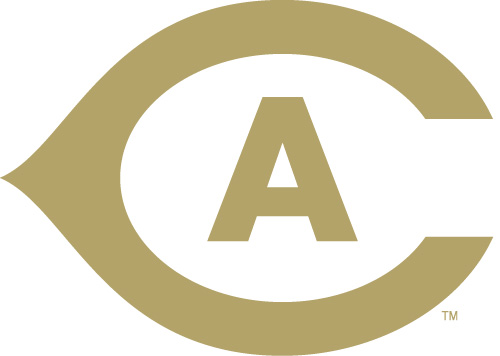

© 2025 USA Lacrosse. All Rights Reserved.

Growing the game is a common refrain in the lacrosse community. It’s almost a cliché.
Nevertheless, if a lacrosse league with headquarters in Texas features Arizona State, Cincinnati, Colorado, Florida, UC Davis and San Diego State, that illustrates how the game has grown.
Welcome to Big 12 lacrosse — the year is 2025.
From the ashes of the Pac-12’s demise rises the Big 12, which will literally span from sea to shining sea. Its origin story, and its place in the game, portends a healthy future for lacrosse due to its geography and unique partnerships.
This past November, the Big 12 announced it would add women’s lacrosse featuring current member Cincinnati and future full-time members Arizona State and Colorado. That announcement set off a frenzy among lacrosse programs — some about to be homeless in 2025, others looking for greener pastures — vying for their place in the nascent coalition.
“It happened somewhat organically,” said Dayna Scherf, Big 12 vice president for women’s basketball and competition. “We just waited for schools to contact us at the conference level … we had our schools on the board and went from there.”
One such program that came knocking was one that surprised many when the six-team league membership was announced in February: Florida.
“Isn’t that awesome?” Scherf said. “I don’t want to say it’s daunting, but it speaks volumes what they think of this opportunity, and the strength of their program and [Coach Amanda O’Leary].”
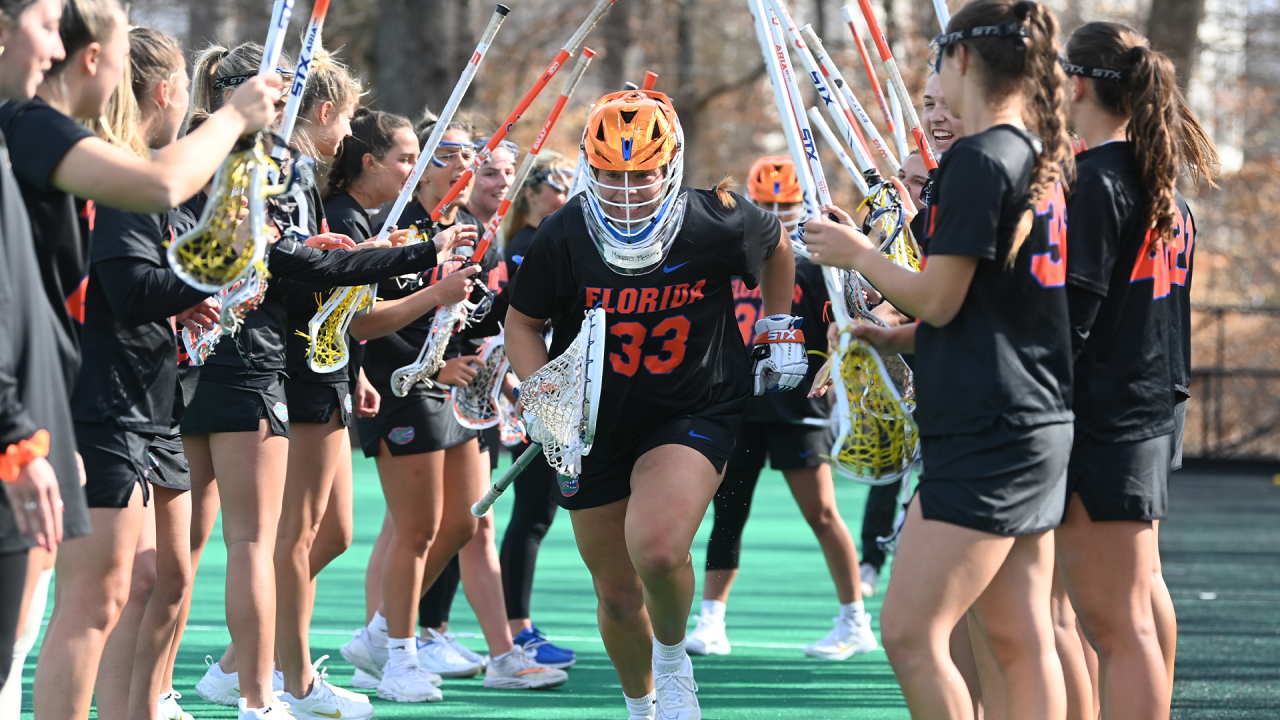
In Florida’s case, connections played a large role in the Gators’ inclusion. O’Leary’s former assistant, Taryn VanThof, leads the Arizona State program. O’Leary noted her professional relationships with Colorado coach Ann Elliot Whidden and Cincinnati coach Gina Thomas, too.
“We can’t be more excited,” O’Leary said. “We had to do our due diligence. [Florida AD Scott Stricklin] had a say in it, my immediate boss, [associate AD] Lindsay Thomas had a say. Everyone came together and weighed the pros and cons of moving, and there were more pros than cons, so we made the switch.”
According to O’Leary, it wasn’t as much about dissatisfaction with its current setup in the American Athletic Conference as it was about schedule flexibility and growing Florida’s brand beyond the East Coast.
“I was very happy in the AAC,” O’Leary said. “For us, we’re always looking to make sure we’re taking care of our program. It gives us a better chance to schedule more out-of-conference games.”
O’Leary shot down the notion that the Gators were running from the American’s newest powerhouse program, James Madison. In fact, O’Leary stated she’s already in the process of scheduling a non-conference series with JMU beginning next year. The same goes for fellow SEC foe Vanderbilt, who will remain in the AAC.
The goal, she said, is to frontload the schedule with as many good games as possible, like the Gators have this year against Loyola, North Carolina and Maryland. Looking forward, new in-state programs like Florida State and South Florida will be easier to schedule.
“People are like, ‘Why would you leave?’” O’Leary said. “Ultimately, the ability to schedule 12 non-conference games was very appealing, and being able to decide who we get to play is a difference maker.”
With the Big 12 forming, the AAC loses two programs in Cincinnati and Florida, while two new programs, Charlotte and South Florida, will join when they make their NCAA debuts next season.
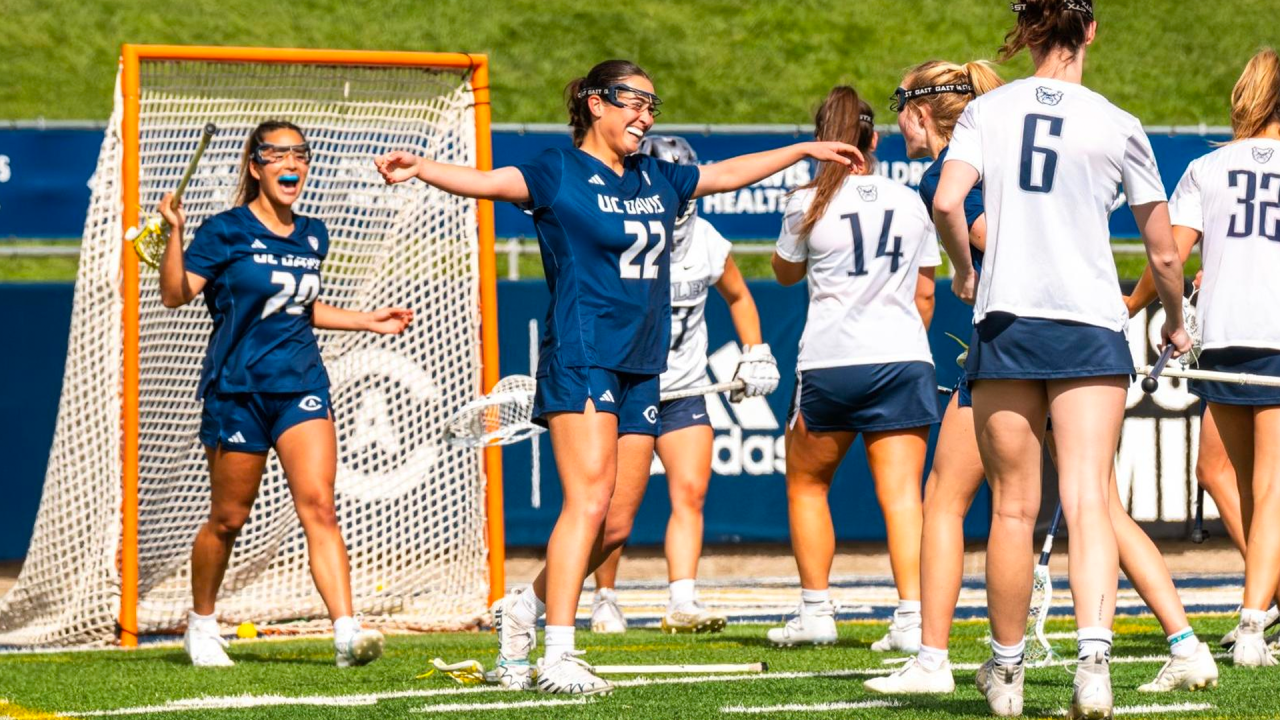
Florida was a no-brainer acceptance to the new league. Due to Big 12 policies, the conference was only going to accept two more affiliate members, thus evening out membership among full-time members. This is a departure from wrestling, in which five full-time members sponsor the sport and nine schools are affiliate members.
On the other side of the country, two programs faced a perilous, but not unfamiliar territory: UC Davis and San Diego State. The duo was in the old Mountain Pacific Sports Federation before most members left to go the new Pac-12 or Big East. After Fresno State shut its program down, the Aggies and Aztecs were left as the lone independents in women’s lacrosse.
Then came the Pac-12’s call in 2022: join us. An eight-team league of western teams back together, and all was well — until this summer.
With USC and UCLA already planning their move to the Big Ten, broadcasting rights negotiations broke down between the Pac-12 and potential outlets.
First, Colorado bolted the Pac-12 in July. Then it was the Arizona schools and Utah in August, all to the Big 12. That was followed by Washington and Oregon to the Big Ten, and by September when Cal and Stanford announced their ACC move, before a single Pac-12 lacrosse game could be played with the new entrants, the league was to be finished in 2024.
“We worked so hard to get into the Pac-12,” UC Davis coach Suzanne Isidor said. “And so excited to be part of this amazing conference with amazing history and lacrosse, only for it to blow up. For us, it was really sad and disappointing.”
When the Big 12 announced its plans in November, UC Davis didn’t waste any time. Isidor and the UCD administration got to work by submitting their proposal to enter the Big 12.
And then the Aggies waited. And then they celebrated. So did San Diego State.
Our reaction to learning we're Big 12 bound‼️🔥#GoAgs pic.twitter.com/sjYZqTGTns
— UC Davis Women's Lacrosse (@ucdavislax) February 21, 2024
“A huge relief,” Isidor said. “It was awesome. I am so proud of [the athletes] handling everything. To hand them all that good news was really fun.”
Isidor said that her program was going to be fine regardless of conference affiliation — after all, it’s done it before — and the athletic department is committed to the sport. Nevertheless, despite the fracturing of the West Coast’s core conference, all the teams have a place to play.
“It is crazy that we’re divided,” Isidor said. “I do think it’s great we didn’t just find homes; we found big-time homes. Hopefully, this sport continues to grow out from here. The West Coast teams are thriving and are going to be playing great competition all over the country. It’s great exposure for us.”
The inaugural Big 12 season will feature a five-game round-robin schedule, which means that teams will have two or three regular-season road trips per year. The inaugural Big 12 tournament will be hosted by Colorado and award an automatic qualifier to the 2025 NCAA tournament. According to Scherf, the fact that Colorado volunteered sped the process along.
“Personally, I get very excited about announcements like this, new sports in particular,” Scherf said. “Just seeing how excited [the coaches and players] are, it gives me a reminder of why we do what we do.”
The Big 12’s commitment to lacrosse will also be shown with person power. Scherf noted that the league is planning to hire another person to administer the sport, among others.
The three affiliate members are signed on for four seasons through 2028. Each of those members pay into the league to cover administration and championship costs, and the teams are responsible for their own travel.
Finally, the Big 12 is working through its broadcasting logistics for women’s lacrosse. In July, the Big 12 signed a rights extension for its schools through 2030-31. Many of the Big 12’s Olympic sports stream their games on Big 12 Now via ESPN+.
Jeremy Fallis primarily writes about the NCAA Division I women's lacrosse tournament with bracket predictions and analysis, in addition to covering conference realignment. Previously, he worked in athletic communications at Saint Joseph's (2007-09) and Penn State (2009-16), serving as the primary contact for men's and women's lacrosse. Fallis has contributed to USA Lacrosse Magazine since 2017.

